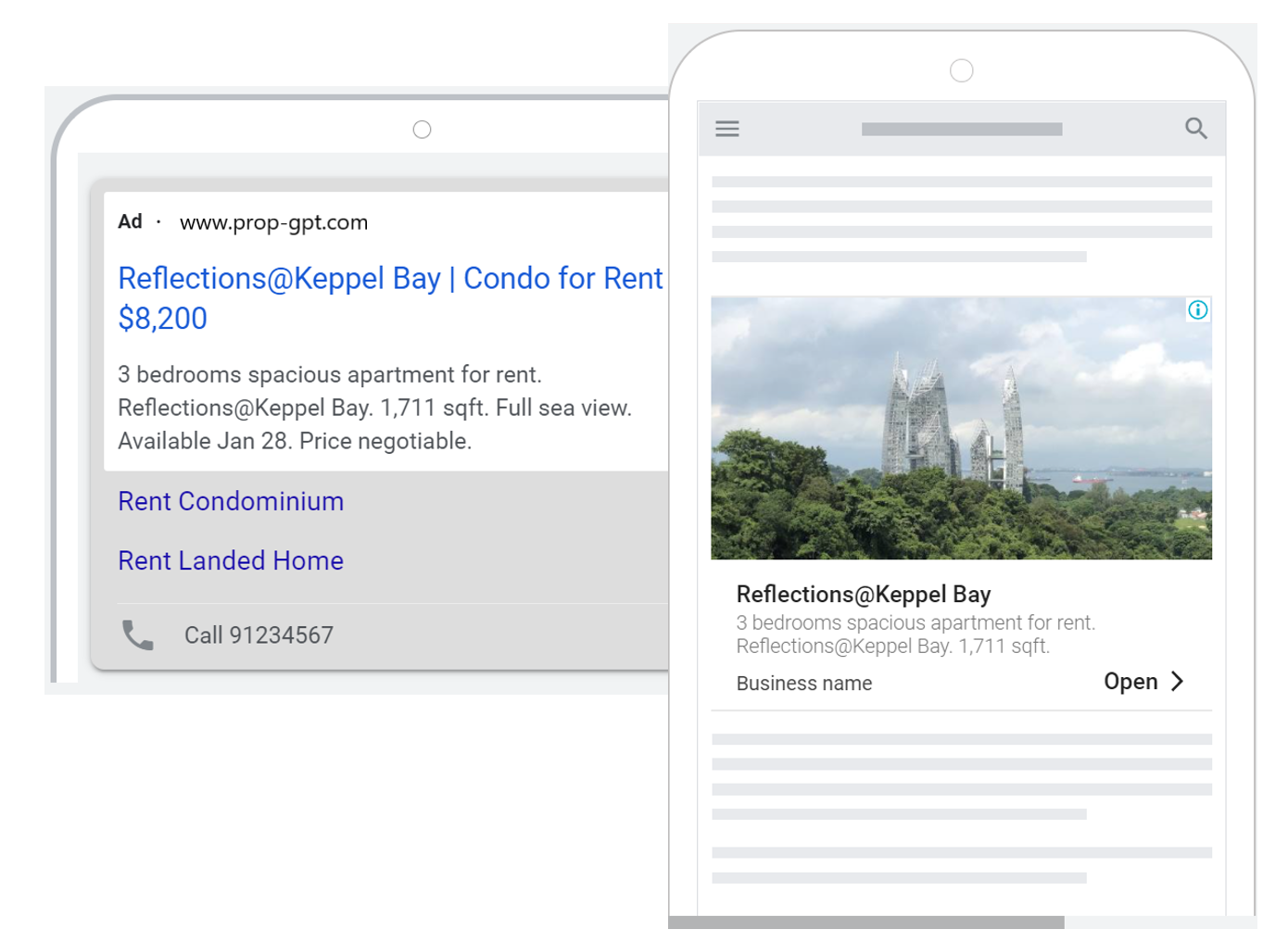
Exhibit 27.1 Search and Display advertisements.
Search advertising refers to sponsored links that are
displayed at the top, bottom or alongside the search engine results page (SERP) (Exhibit
27.1). Advertisers bid for keywords since the space for displaying ads is limited. Search
advertising platforms such as Google Ads, Bing Ads, Yahoo! Search Ads and YouTube (for video search)
offer advertisers the ability to create ads, target customers based on demographics and location,
set budgets and make bids. These platforms provide different pricing models such as cost per click
(CPC) where advertisers pay on a per click basis (PPC) or cost per acquisition.
One of the biggest advantages of search advertising is its ability to help marketers
reach their target customers when they are actively searching for their products, often with the
intent to purchase. This makes search marketing far more effective than marketing on social media
channels.
Accountability is another key advantage of search advertising. It is possible to track
increases in leads and sales resulting from search advertising by tracing users as they navigate
through the website. Additionally, search ads are non-disruptive, which can be a major advantage for
users.
In general, online advertising is relatively inexpensive compared to conventional
advertising. However, if we compare search advertising cost with some of the other forms of online
advertising, it commands a premium. Because it is more effective, the competition for key words and
phrases is intense for some categories, in some markets.
It should be noted that search marketing can target only those who search for specific
keywords and phrases. It is essentially a form of inbound marketing, and while it is very effective in
fulfilling existing demand, like other forms of inbound marketing, search marketing is somewhat less
effective in creating demand.